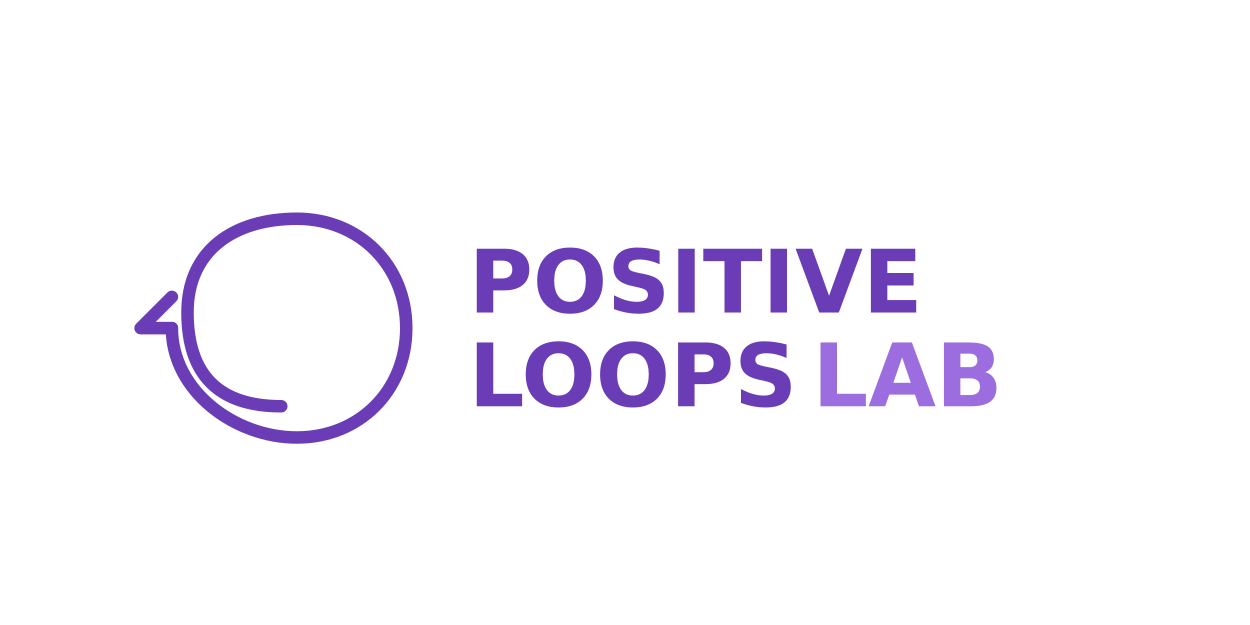This article is part of a six-part series examining how traditional financial reporting standards can transform social outcomes reporting in financial inclusion. Each article explores one qualitative characteristic from financial reporting and provides practical guidance for applying it to social impact measurement.
Understanding Comparability in Social Outcomes
Comparability is the first enhancing characteristic that amplifies the usefulness of already relevant, faithfully represented information.
It enables stakeholders to identify similarities and differences across time periods, organisations, and contexts. In financial reporting, comparability is achieved through consistent accounting methods and standardised statements. These allow investors to evaluate performance trends and make meaningful comparisons between companies. We need the same capability for social outcomes.
Most financial inclusion organisations currently operate with bespoke measurement approaches that make comparison virtually impossible. This prevents the industry from building collective knowledge about what works, benchmarking performance, and identifying opportunities for improvement.
The Three Dimensions of Comparability
1. Over Time
Organisations need to track progress against their own historical performance:
- Are client outcomes improving or declining?
- How are outcomes changing in response to program adjustments?
- What trends emerge over multiple reporting periods?
Without consistent measurement over time, organisations cannot determine whether they're making progress toward their social mission.
2. Across Organisations
Stakeholders need to compare performance across similar organisations:
- Which approaches produce better client outcomes?
- How does performance compare across different contexts?
- What realistic benchmarks should organisations target?
Without standardised metrics across organisations, the industry cannot identify best practices or establish meaningful benchmarks.
3. Across Programs
Organisations need to compare effectiveness across different interventions:
- Which programs deliver the strongest outcomes relative to costs?
- How do outcomes compare across different client segments?
- What approaches should be scaled or replicated?
Without comparable measurement across programs, organisations cannot optimise their intervention portfolio.
Implementing Comparability in Social Outcomes Reporting
1. Select the Right Standards and Frameworks
Begin by identifying appropriate measurement frameworks:
- Research established standards like SDGs, or sector-specific frameworks
- Map their alignment with your theory of change
- Select frameworks that enable meaningful benchmarking while acknowledging your unique context
Don't reinvent the wheel. When possible, adopt existing standards that enable comparability with peers.
2. Develop Consistency Protocols
Create systems that ensure measurement remains consistent:
- Establish standard reporting cycles (daily, monthly, quarterly, annual), depending on purpose
- Document clear definitions for each metric
- Create calculation methodologies that remain consistent over time
- Develop policies for when and how historical data should be restated
Consistency doesn't mean never changing. It means making methodological changes transparent and adjusting historical data accordingly.
3. Implement Time Series Capabilities
Build systems that enable meaningful comparison over time:
- Establish minimum historical periods for reporting (e.g., three years of data)
- Develop trend visualisation standards
- Establish protocols for explaining significant variations between periods
The ability to spot trends is essential for understanding whether interventions are working.
4. Develop Peer Comparison Capabilities
Create structured approaches to comparing your performance with others:
- Identify appropriate peer groups based on size, geography, client type, etc.
- Establish data sharing agreements and communication channels with similar organisations
- Develop normalisation methodologies to account for contextual differences
- Create visualisation standards for presenting comparative data
Meaningful peer comparison requires adjusting for contextual factors while maintaining core standardisation.
5. Build Contextual Explanation Systems
Develop approaches to explaining factors that influence comparability:
- Create standardised context statements that explain operating environments
- Establish methods for disclosing methodological differences
- Develop formats for explaining limitations to comparability
Context doesn't invalidate comparison. It enriches it by explaining variation.
Technology Requirements for Comparability
Effective comparability depends on systems that enable consistent measurement and meaningful comparison:
- Cloud-Based Core Banking Systems: Provide the foundation for consistent data collection over time
- Standardised Data Structures: Enable integration with industry benchmarking initiatives
- APIs: Allow secure data sharing between organisations for benchmarking
- Visualisation Tools: Transform comparable data into insights about relative performance
Common Pitfalls to Avoid
Organisations frequently undermine comparability through these common mistakes:
- Framework Overload: Using too many different frameworks, undermining meaningful comparison
- False Equivalence: Comparing fundamentally different programs without acknowledging critical differences
- Standardisation Without Purpose: Adopting standardised metrics without clear rationale for comparison needs
- Inconsistent Definitions: Using the same metric name but defining it differently across programs or time periods
- Cherry-Picked Data or Peers: Selecting data and comparison organisations that make performance look favourable
- Ignoring Context: Comparing outcomes across different contexts without accounting for environmental factors
Moving Forward
Comparability isn't about making social outcomes measurement a one-size-fits-all approach.
It's about finding the right balance between standardisation that enables meaningful comparison and customisation that captures unique value. For CFOs and finance teams, comparability in social outcomes reporting should feel intuitive. It mirrors the standardisation you already apply to financial statements. The same discipline that allows you to compare financial performance across quarters or against competitors can be applied to comparing social outcomes.
The financial inclusion industry has operated too long with disconnected measurement approaches that prevent meaningful comparison. By applying the comparability standard from financial reporting, we can build an evidence base about what works, establish meaningful benchmarks, and drive continuous improvement across the sector.

